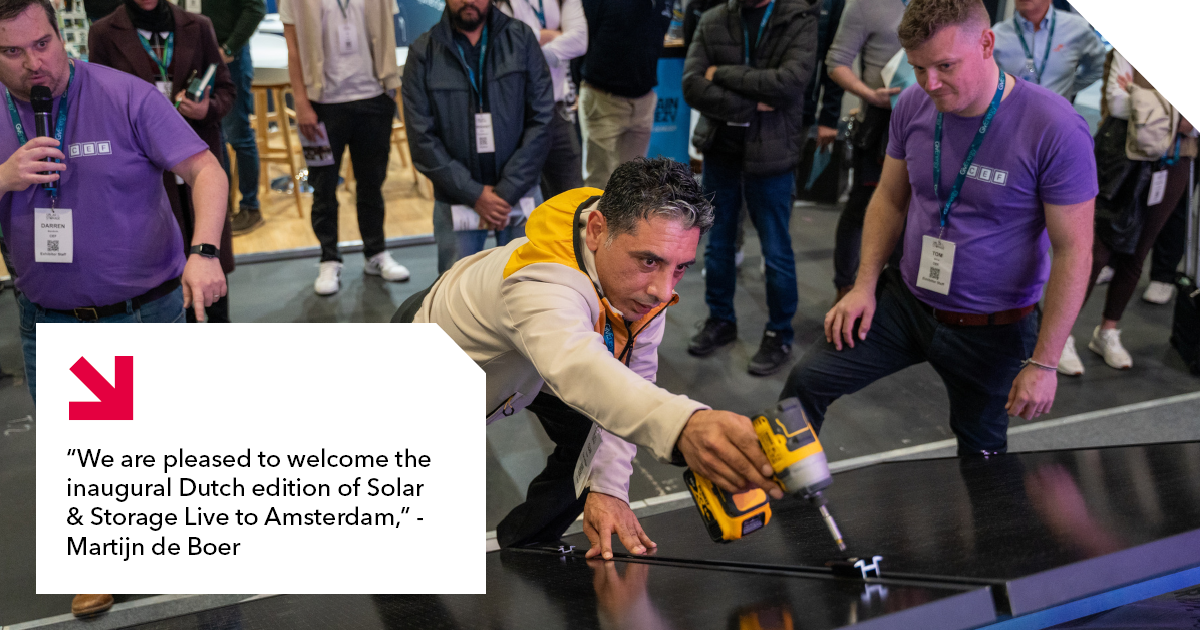Taming the Wi-Fi monster
Reliable Wi-Fi on command feels as natural today as access to tap water. And yet, every organiser has had to cope with less than perfect wireless internet. What causes this? And, crucially, how can you solve the problem? Here are some tips on how to tame the Wi-Fi monster.
What is Wi-Fi?
Simply put, Wi-Fi provides access to the internet through open space without cables. When setting up a network for an event, we place a number of Wi-Fi transmitters in the relevant space or spaces. Wi-Fi transmitters have a range of some 10-30 metres, but thick walls and other obstacles can obstruct the signal, as can stand structures, rigging or trusses on the ceiling.
When setting up a Wi-Fi network, we take these factors into account by placing the necessary number of transmitters in the right places. The required capacity is determined based on the number of users and the potential burden on the connections. A video stream requires more data than a WhatsApp message and a conference that uses a dedicated conference app needs a very different Wi-Fi arrangement than a book fair, say.
What causes Wi-Fi to become overloaded?
A network can end up being used by many more people than originally anticipated. If they also put heavy pressure on the connection, for instance by streaming videos, the Wi-Fi can become overburdened, leading it to work slowly or not at all. This is, of course, very frustrating for visitors as well as for the organisers, venue and exhibitors. You can avoid this in advance by ensuring a good estimate of Wi-Fi usage. But there are other things to consider, too.
Less known (but much worse) issues
People are much less aware of the fact that Wi-Fi signals can be severely disrupted (as opposed to overloaded). This is usually due to one of the following causes.
Personal Wi-Fi devices
Some exhibitors choose to bring their own Wi-Fi equipment, hoping to ensure sufficient capacity at their stand. Wi-Fi networks, however, can interfere with each other – similar to when lots of people are talking together and everybody speaks louder and louder until nobody can hear anything at all.
Wi-Fi frequencies are also used by other devices
People often don’t realise that appliances such as microwave ovens, wireless microphones, headphones or digital cameras use the same frequencies as Wi-Fi (2.4 or 5 GHz). Even drones use Wi-Fi frequencies. These devices interfere with each other when they are in close proximity.
How can this be solved?
Increasing capacity won’t fix these problems – in fact, it will make them worse. Everybody yelling louder will just make it harder to understand anybody. Prevention is the best cure: start with a consultation with the venue and the exhibitors. What can you do as an organiser?
1. Talk to the venue in good time
Go through your programme together with technical specialists from the venue. Tell them what the speakers will be doing and what will be asked of your audience. It’s especially important to mention interactive activities such as polls, chats or a conference app. The better the technicians understand what you wish to achieve as an organiser, the easier they can anticipate your needs based on their expertise and experience. You don’t need to have a huge technical knowledge yourself – simply tell them about the features you require and the specialists will think along with you and come up with the best possible design for the Wi-Fi.
Tip: For every event, ask if the venue can keep track of your Wi-Fi use – i.e. how many devices are connected and how many megabytes are consumed at peak hours? Cross-reference this data with specific moments and sessions and you’ll have some very useful information for your next event.
2. Talk to your exhibitors and partners
Personal Wi-Fi transmitters are perhaps the greatest enemy of a working Wi-Fi network. Make sure exhibitors understand that they should not bring their own. As an organiser, you have to take responsibility – get to know the exhibitors and discuss this with them at an early stage. Explain that their Wi-Fi transmitters not only hurt others, but the whole event – including themselves. Talking about this beforehand helps avoid problems during the event.
And the upshot?
As an organiser, talking things through with the venue and the exhibitors will avoid the frustration of slow or non-working Wi-Fi for everyone. You’ll ensure that guests can seamlessly use a good, fast connection during the event and that the Wi-Fi network supports optimal functionality for your event.
Let's talk
Like to know more? Give us a call! We’ll be happy to help you, whether you are an exhibitor, a partner or the organiser of an event, and whether it takes place in RAI Amsterdam or elsewhere. After all, good Wi-Fi is mainly a matter of working together and sharing knowledge.

.png?h=628&iar=0&w=1200)

